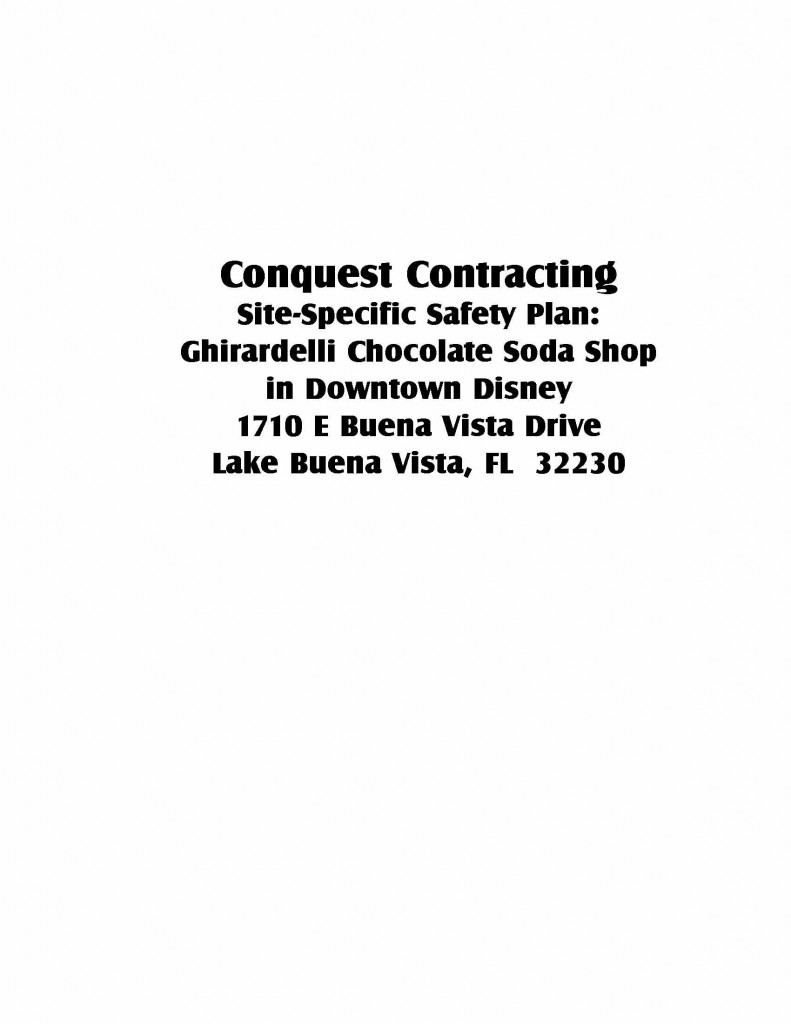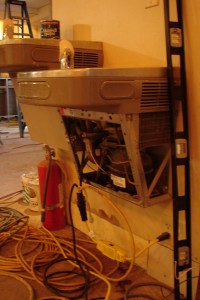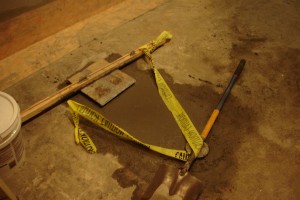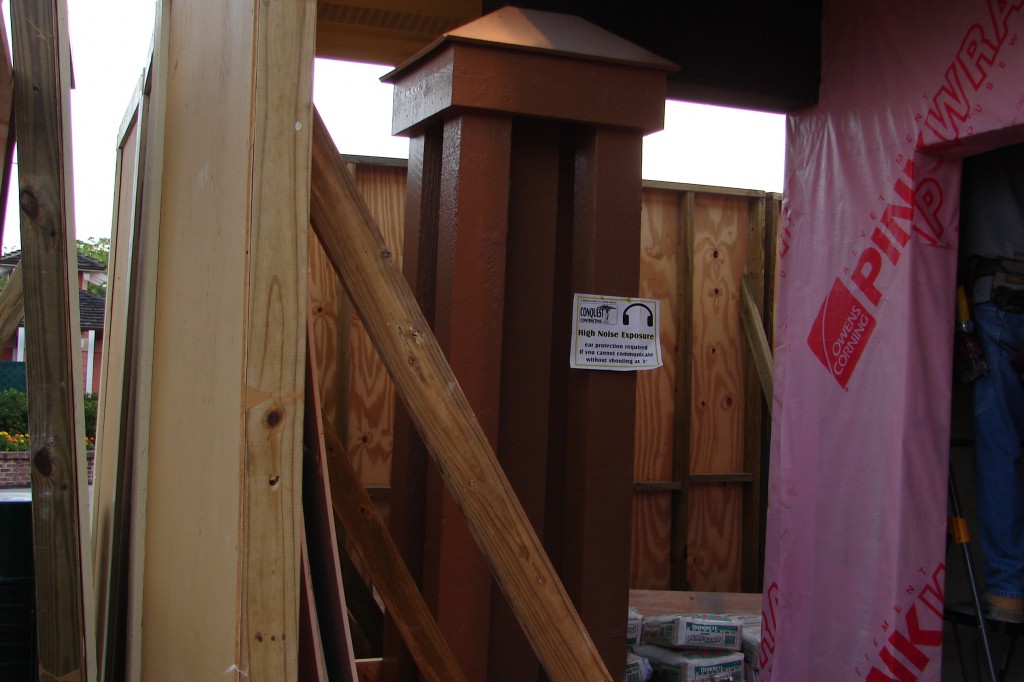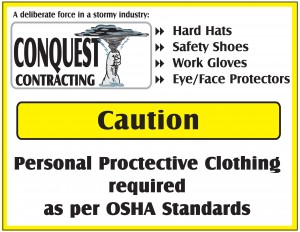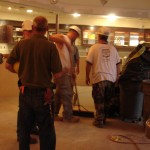Safety –
the right thing to do.
Translated to a strategy that extends beyond the regularity of the office environment, it is imperative to ensure that a rock-solid Safety Program is implemented in the field where team members and stakeholders are exposed to rapidly shifting environments rife with obstacles.
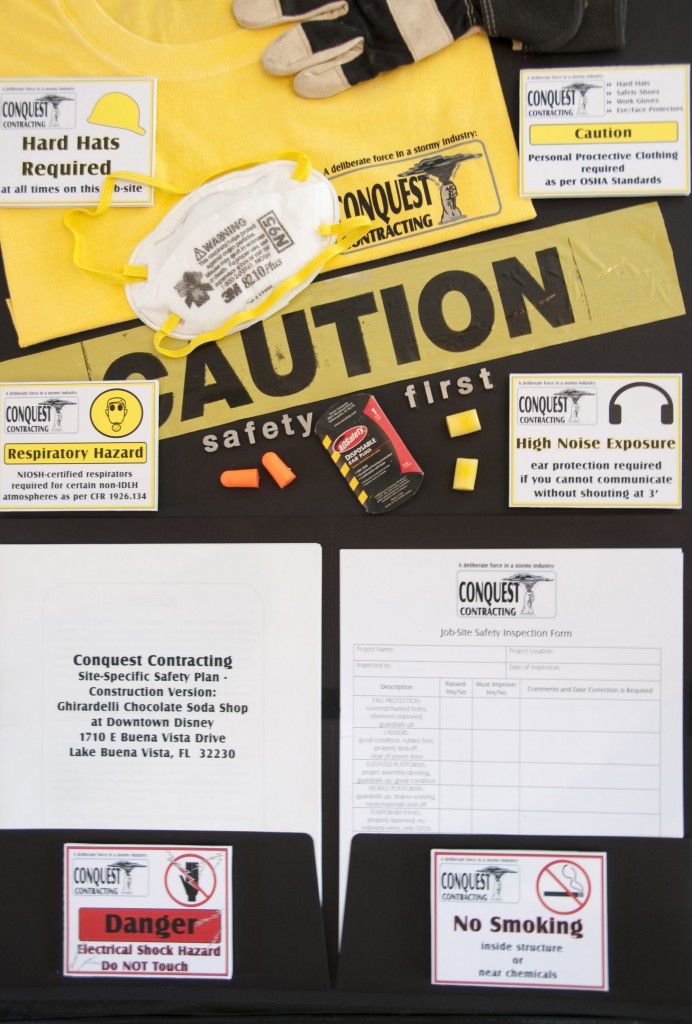
Making Safety a priority that is implemented through a collaborative workforce effort ensures a healthful and safe working environment for all Team Members.
Each job-site has particular safety issues and hazards that a carefully thought out site-specific safety plan could help mitigate. My Site-Specific Safety Plans were an important part of my company-wide Safety Program and Safety Culture.
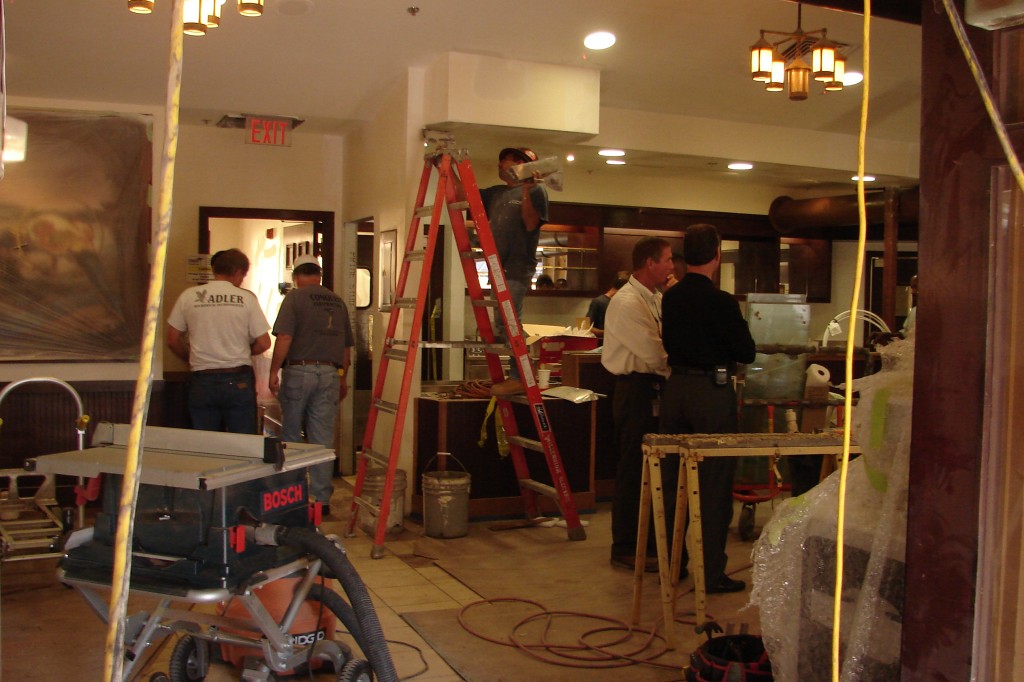
Ensuring hazard-free work zones: clear walkways, extension cords tacked above door jambs as applicable, tools and equipment in good repair and befitting their respective tasks, proper ventilation and interior/exterior lighting. The lists are as long as the complexities of the jobs.
Ensuring an OSHA-compliant, safe working environment becomes especially challenging during fast-track, 24/7 operations, where overlapping trades, client personnel, and outside visitors keep the job-site quite lively. My safety inspections were frequent and detailed.

I oversaw hazardous and other material storage, and ensured these critical spaces remained clutter-free.
Implementing my Site-Specific Safety Plans in conjunction with my on-site safety meetings and safety inspections enabled me to maintain an unimpeachable level of corporate compliance with the Occupational Safety and Health Administration (OSHA), my Workers Compensation insurance agent, and my clients.
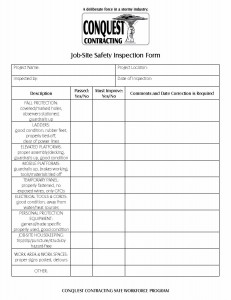
Job-Site Safety Inspection Form: one of several forms I created to use in the field. My forms were designed to enhance job-site safety and overall safety awareness.
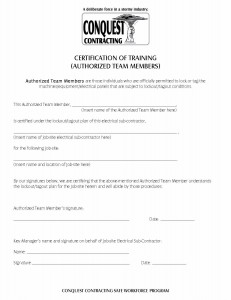
Certification of Training (Authorized Team Members) Form: essential to ensuring only qualified electricians perform lockout/tagout procedures on sources of hazardous energy
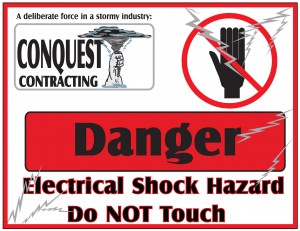
I created Job-Site Safety Signs, such as this one, which I placed in zones throughout the interior and exterior of the structure, as applicable.
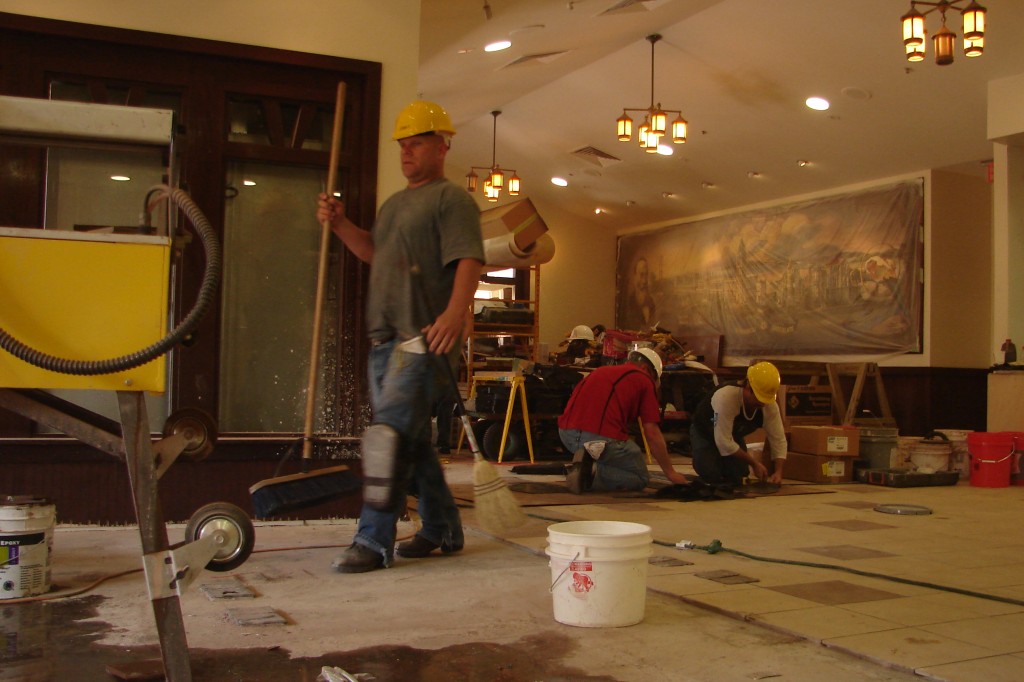
Job-Site Safety enforcement become even more acute when overlapping trades on the project were faced with back-to-back inspections and elevated deadlines.

